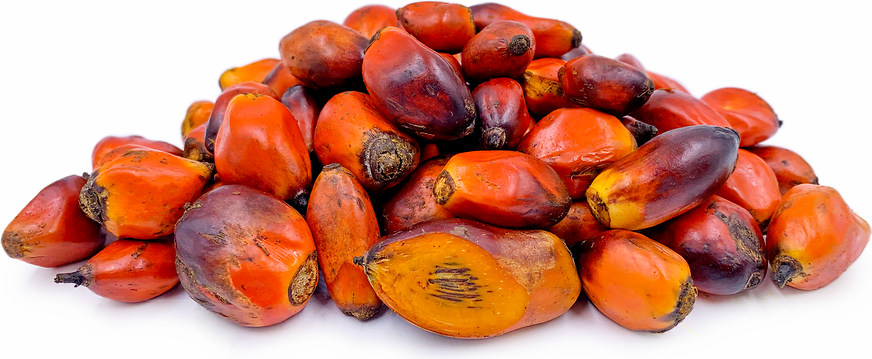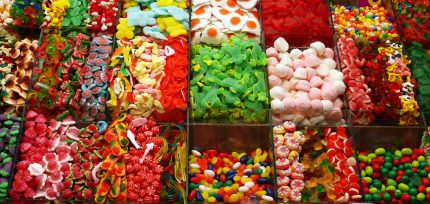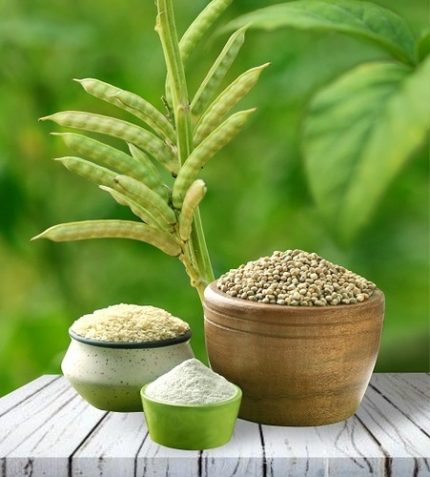Glycerin
Glycerin is used as an ingredient in a variety of food and beverage products to help retain moisture, prevent sugar crystallization, and add bulk, smoothness, softness, sweetness and texture. Like most sugar alcohols, glycerin is not as sweet as sugar—it is about 60–75% as sweet.
Glycerin as a food additive is Generally Recognized As Safe (GRAS) US Food and Drug Administration (FDA). Glycerin is expected to be safe to use by adults and children. Glycerin has no known cancer-promoting (carcinogenic), DNA-damaging (mutagenic) or birth defect-causing (teratogenic) effects.
Food-grade glycerin may be added as a humectant (wetting agent), thickener, solvent or sweetener to dairy products (cream), canned goods, confections, fondant, processed fruits, jams, energy bars and other foods. The source of glycerin (animal or vegetable oil, corn syrup, petroleum) used in a food product is usually not revealed on the food labels.
In food and beverages, glycerol serves as a humectant, solvent, and sweetener, and may help preserve foods. It is also used as filler in commercially prepared low-fat foods (e.g., cookies), and as a thickening agent in liqueurs. Glycerol and water are used to preserve certain types of plant leaves. As a sugar substitute, it has approximately 27 kilocalories per teaspoon (sugar has 20) and is 60% as sweet as sucrose. It does not feed the bacteria that form a dental plaque and cause dental cavities. As a food additive, glycerol is labeled as E number E422. It is added to icing (frosting) to prevent it from setting too hard.
Description
Glycerin is used as an ingredient in a variety of food and beverage products to help retain moisture, prevent sugar crystallization, and add bulk, smoothness, softness, sweetness and texture. Like most sugar alcohols, glycerin is not as sweet as sugar—it is about 60–75% as sweet.
Glycerin as a food additive is Generally Recognized As Safe (GRAS) US Food and Drug Administration (FDA). Glycerin is expected to be safe to use by adults and children. Glycerin has no known cancer-promoting (carcinogenic), DNA-damaging (mutagenic) or birth defect-causing (teratogenic) effects.
Food-grade glycerin may be added as a humectant (wetting agent), thickener, solvent or sweetener to dairy products (cream), canned goods, confections, fondant, processed fruits, jams, energy bars and other foods. The source of glycerin (animal or vegetable oil, corn syrup, petroleum) used in a food product is usually not revealed on the food labels.
In food and beverages, glycerol serves as a humectant, solvent, and sweetener, and may help preserve foods. It is also used as filler in commercially prepared low-fat foods (e.g., cookies), and as a thickening agent in liqueurs. Glycerol and water are used to preserve certain types of plant leaves. As a sugar substitute, it has approximately 27 kilocalories per teaspoon (sugar has 20) and is 60% as sweet as sucrose. It does not feed the bacteria that form a dental plaque and cause dental cavities. As a food additive, glycerol is labeled as E number E422. It is added to icing (frosting) to prevent it from setting too hard.
Reviews (0)
Be the first to review “Glycerin” Cancel reply

























Reviews
There are no reviews yet.